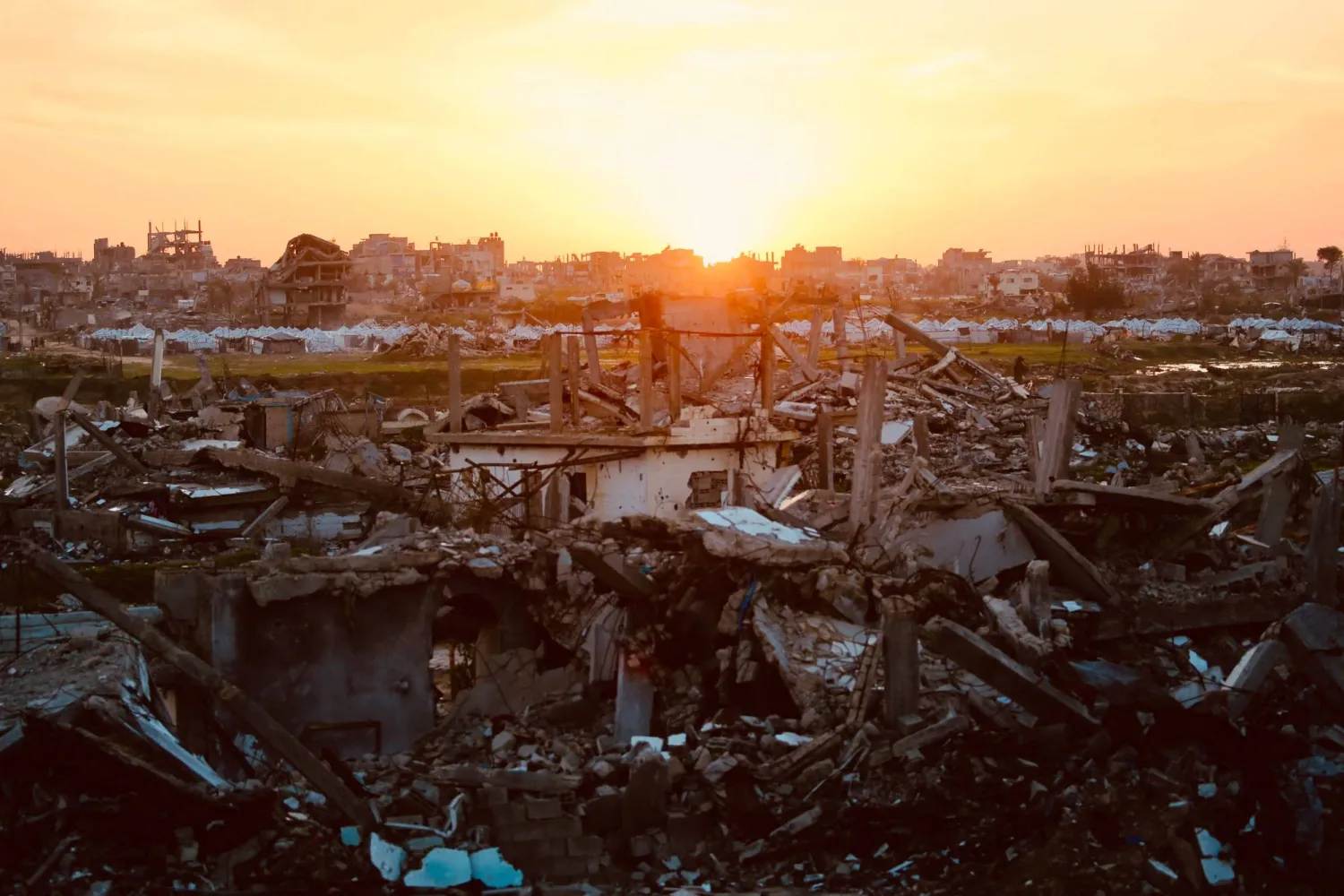A large part of the Israeli political and military leadership began to realize that the goals set for the war in Gaza were unrealistic and inapplicable and are open to "getting out of the war with limited results," according to political and security sources in Tel Aviv.
However, the far-right members of the army reject a ceasefire and aspire to seize the historic opportunity to liquidate the Palestinian cause.
The sources said that Israel is witnessing a severe, unprecedented situation of unprofessional influences on the army.
On the one hand, army leaders are convinced of the necessity of making a turn in the war, a desire they share with the US administration and the generals in the government's war cabinet. On the other hand, the right-wing government is pressuring them through various means, forcing them to make unprofessional decisions that would cost a heavy price.
The army requested an extraordinary increase to the 2024 budget, which was scheduled before the war to amount to 68 billion shekels, but the government said it would only increase it to 85 billion shekels.
The cabinet informed the army that it would establish an external committee to examine its needs, meaning the government was taking its time.
The deteriorating security situation is a pressure tool the army uses to obtain a budget increase.
If the army believes it should stop the war in Gaza, the government's action is to keep the war going until it decides the budget.
On Friday, Yedioth Ahronoth newspaper published a report revealing that the commander of the forces in Gaza, Brigadier General Barak Hiram, ordered a system similar to the "Hannibal Directive.
The procedure is an Israeli military protocol that stipulates the use of maximum force to prevent the capture of soldiers at all costs, even at the cost of the death of the soldier.
Hiram ordered his officers to fire on all cars transporting prisoners to Gaza. This led to considering dismissing him or replacing him with another commander when Israel declared war, but the army did not do so.
Hiram is a settler in the West Bank, and the army feared a political attack on him from the far right.
Nahum Barnea, a political analyst in Yedioth Ahronoth newspaper, wondered how Prime Minister Benjamin Netanyahu and his ministers would bridge the gap between the irresponsible expectations they have set and the difficult decisions before them.
Barnea revealed a new proposal for hostage swap along with a three-month ceasefire agreement, with implementation to be gradual.
The agreement will include the release of all hostages, both alive and deceased, in stages, with the first stage being humanitarian, including the release of the sick, wounded, and elderly hostages as a top priority.
In return, thousands of Palestinian prisoners will be liberated, including prisoners with long sentences.
The demands include a significant increase in humanitarian aid provided to the Gaza Strip, the return of residents to the northern area of the Strip, the withdrawal of Israeli army forces, and the establishment of an internationally funded administration for the reconstruction of Gaza from its ruins.
It also includes Hamas's partnership in controlling the Gaza Strip in the future.
Barnea added that there are rumors denied by Doha, which state that the Qatari proposal includes the departure of the Hamas leadership from the Gaza Strip, including Yahya Sinwar and Mohammed Deif.
It seems that Israel spread this rumor as a similarity to the departure of the Palestine Liberation Organization (PLO), led by Yasser Arafat, from Beirut in 1982.
However, the journalist indicated that Gaza is not Beirut, and unlike Arafat, Sinwar is not looking for refuge in the diaspora but is preparing for victory celebrations in Gaza.
Barnea warned that conditions may change and negotiations may explode because there are those at the political and military levels who prefer to remove the issue of kidnapped persons from the agenda.
They claim the kidnapped persons are an obstacle and will hinder the forces in the field and strengthen Hamas' power.
Barnea confirms that the far-right representatives in the government believe the events of Oct. 7 were not a disaster but rather a historic opportunity for Israel to occupy all of Gaza and bring settlers.
In the worst-case scenario, no deal will be reached, and the Israeli army will remain stuck in Gaza without a plan, with nearly two million displaced people who have nowhere to go, said Barnea.
He indicated that the situation is dire with an exhausted US administration, kidnapped persons who will not survive, evacuated settlers who will not be able to return to their homes, an economy in crisis, a discredited budget, and a political establishment only concerned with itself.









